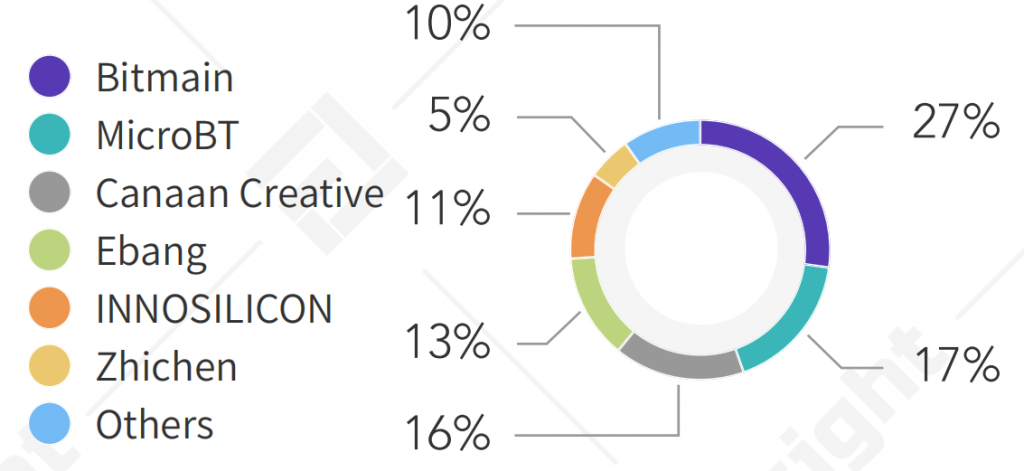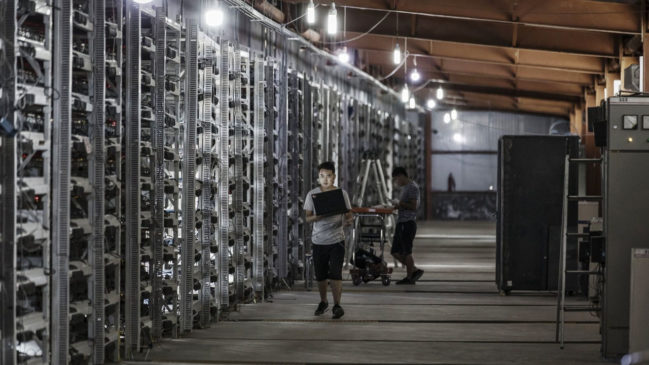The researchers and analysts from Tokeninsight published it’s “2020 Q2 Cryptocurrency Mining Industry Report” which shows the industry has grown exponentially during the last six months. The findings indicate cryptocurrency mining has expanded a great deal but China’s bitcoin mines “suffered a great impact” in H1.
Tokeninsight published its “2020 Q2 Cryptocurrency Mining Industry Report” and the study shows a lot has happened in the bitcoin mining industry during the first half of 2020.
The new research paper discusses a number of topics that affected the bitcoin mining industry this year and the countries that are welcoming these operations. For instance, Tokeninsight highlights that the Uzbekistan government established a “national mining pool” in January.

After that announcement, Quebec’s Hydropower Agency of Canada allowed bitcoin miners to obtain 300MW of electricity.
In February the Ukraine government said bitcoin mining “does not require government supervision and intervention.” The following month, Missoula County, Montana, created new regulations for bitcoin miners.

In May, The Acting Minister of Energy of Ukraine told the public bitcoin miners might be able to draw nuclear energy. In April, the local government officials in Sichuan approved the “Hydropower Consumption Demonstration Enterprises.”
News.Bitcoin.com recently reported on the second-batch of consumption enterprises approved in Sichuan. In June, the Parliament of Kyrgyzstan said it plans to “tax and supervise digital asset miners.”

Tokeninsight said that China has been the hardest hit in 2020 as the country has seen a significant impact from a variety of reasons.
The Tokeninsight researchers mentioned that Covid-19 caused mining rig shipment delays, the bitcoin halving cut revenue in half for Chinese miners, internal disputes from mining machine manufacturers like Canaan and Bitmain, and the report also mentions mining policy changes in Sichuan.

Moreover, Tokeninsight has noticed a trend of new players entering the bitcoin mining rig manufacturing sector.
“In terms of the mining machine manufacturing sector, new players are eager to enter the field, and the old overlords are also trying their best to update the technology to manufacture leading products in the market,” the paper notes. “In the first half of 2020, new generation mining machines including Bitmain’s S19 and S19 Pro, WhatsMiner M30 series, and Canaan’s A1146 Pro and A1166 Pro have been launched one after another.”
The report further adds:
From the data published by several manufacturers, the new generation of mining machines has been greatly optimized and improved in terms of performance and power consumption.
The study says that the core competition between mining rig manufacturers is semiconductor research and development (R&D).
A number of mining rig manufacturers leverage 10-7nm chips and the Tokeninsight researchers highlight that chips will improve in the coming years.
“At the current chip research and development level, Samsung and TSMC have deployed 3nm chips, and both plan to mass produce 3nm in 2022,” the paper explains. “Although 3nm is said to be a node approaching the physical limit, TSMC has already planned for 2nm and is conducting research and development with mass production in 2024.”
“Mining hardware is facing an accelerated iteration period, and the field of AI chips will become a battleground,” the Tokeninsight researchers add.
In addition to the problems with Covid-19, supply chain delays, and government rules, China’s bitcoin mining industry is feeling the pressure from the 2020 monsoon season in Asia. Excessive flooding in Sichuan during the last five days caused 20% hashrate losses for a number of Chinese bitcoin mining operations on Tuesday, August 18.
What do you think about Tokeninsight’s Q2 mining report? Let us know what you think in the comments below.
Image Credits: Shutterstock, Pixabay, Wiki Commons, Tokeninsight,
Disclaimer: This article is for informational purposes only. It is not a direct offer or solicitation of an offer to buy or sell, or a recommendation or endorsement of any products, services, or companies. Bitcoin.com does not provide investment, tax, legal, or accounting advice. Neither the company nor the author is responsible, directly or indirectly, for any damage or loss caused or alleged to be caused by or in connection with the use of or reliance on any content, goods or services mentioned in this article.







